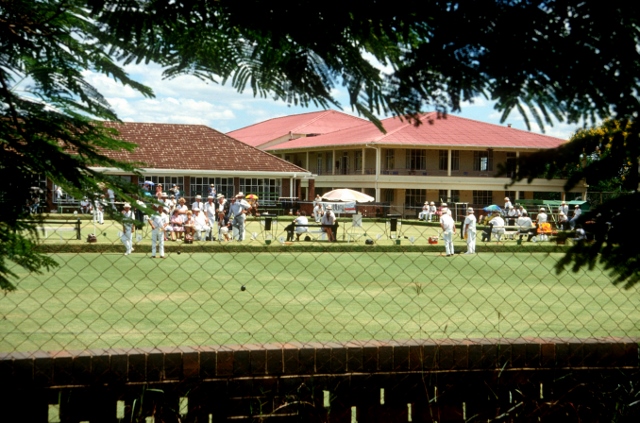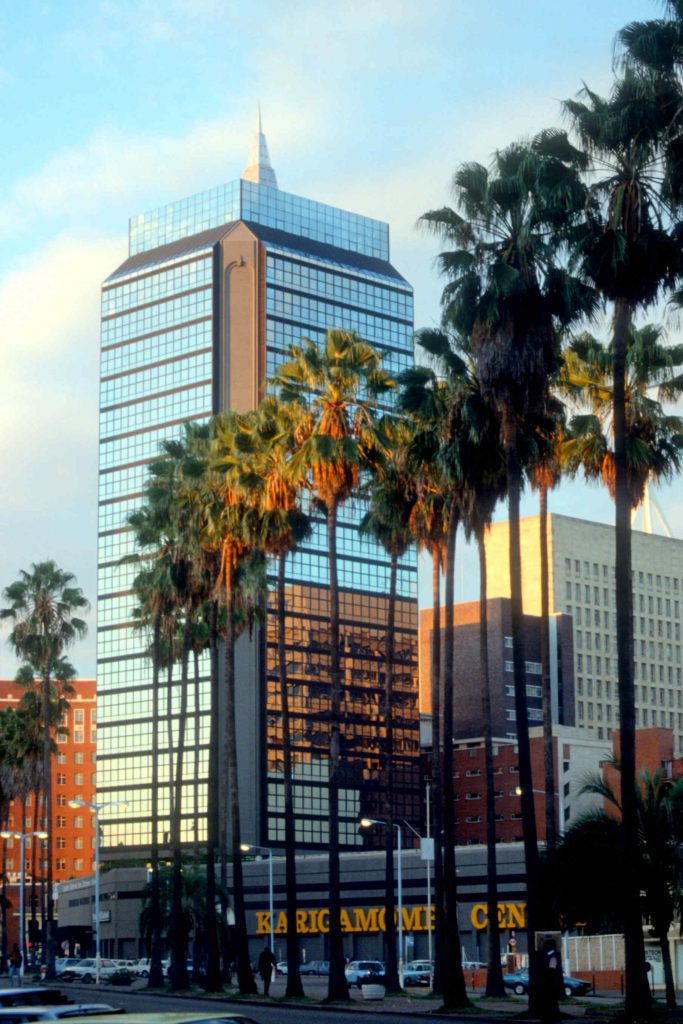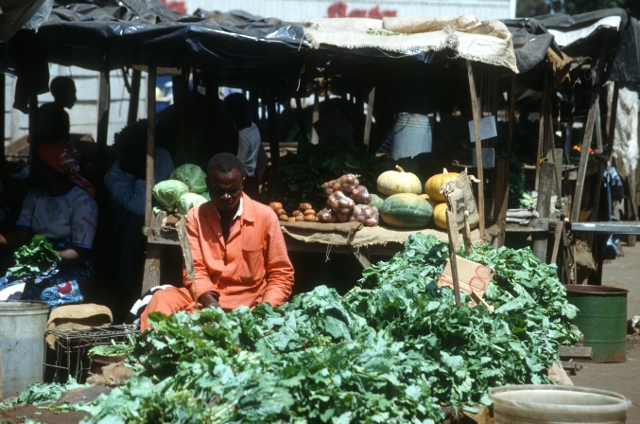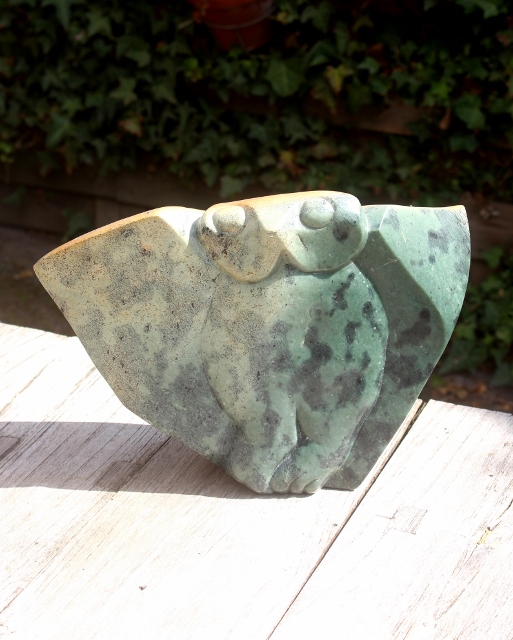April 3rd – Harare
I had been to Harare before. It is not an unpleasant city, and relatively small; the centre and all the places you would want to go to are all within walking distance. However, the vast majority of people working in town live somewhere outside, in extensive white suburbs or in the many, overcrowded black townships. Although there is no Apartheid, like in South Africa, the differences in salaries between white and black people are such that most blacks cannot afford the places where whites congregate, whether restaurants or clubs, or indeed neighbourhoods.
In order to reach home at the end of the working day the mostly black office staff use public transport. At bus stops long queues form, and with long I mean, really long, rows of one, or more street blocks. And all those rows are extremely orderly, everybody quietly waits their turn, nobody pushes in front; people chat a bit, with other complete strangers in front or behind them; and when the bus arrives, the row slowly moves forward, until the bus is full, the rest patiently waits for the next one. Extraordinary, even for someone who lives in England!
I was lucky enough to stay in the centre, in one of the more upmarket hotels. However, with a drawback, and that was that when I wanted to enter the hotel bar, for a drink at the end of a long day slogging through town, I was refused entry. This must be one of the few places, still, that has a dress code, which boils down to gentlemen need to wear a tie. Something even I didn’t bring along on this trip. Luckily, I could borrow one at the door.

April 4th – the markets
Every self-respecting African town has a fruit and vegetable market, largely outside, an explosion of colours and smells. And Harare is not different, although the main market is mostly a collection of wooden stalls, covered with corrugated iron.
What sets Harare apart, though, is its huge tobacco auction, not something you see every day. In an enormous, new building, rows upon rows of tobacco bales are placed; in between, potential customers move from isle to isle, touching and smelling the tobacco leaves; an auctioneer walks with a group of buyers, who bid on individual bales (which I suppose is one of a lot). Once sold the bales are being driven away again, a very efficient process all together.
April 5th – the sculptures
One of the reasons to come to Zimbabwe is unfinished business. I would love to see more rock paintings, an art form I was introduced to during an earlier trip in 1989. But that is all in the countryside, far away from the capital. Harare, on the other end, is the centre for that other piece of unfinished business, the Shona sculptures.
Shona is the name of the dominant tribe in Zimbabwe, that covers approximately 80% of the population. It also gives its name to an artform that developed in Zimbabwe in the second half of the 20th Century. Under the guidance of Frank McEwan, the first director of the National Gallery of Harare in 1957, a group of young artists began to move from wood carving, the traditional art form in much of Africa, to experiments with stones. Over the years they created a whole new, original form of sculpting, using traditional themes as well as abstract forms, and using the weathering colours of the locally mined stone. Something that fascinated me in 1989, something I was prepared to come back for.
So I spent a few days visiting the main commercial art galleries, as well as the National Gallery, to get to know the different styles, the various artists, the types of rock, and not in the least the prices, familiarise myself with the market. And buy a few pieces for back home, of course. Except that, as usual, I had great difficulty deciding, and failed to limit myself to the ‘few pieces’. One of the gallery owners even invited me at his house to view a few more sculptures, that were being made ready for shipment to overseas exhibitions.
The good thing is that they can send them home. I don’t have to carry the hundreds of kilos of rock with me, in the next eight weeks.
next: the the NE, to Mashonaland, for some rock paintings




















En jij had geen das!!
Hoop dat je nog een plekje hebt voor de sculptures???